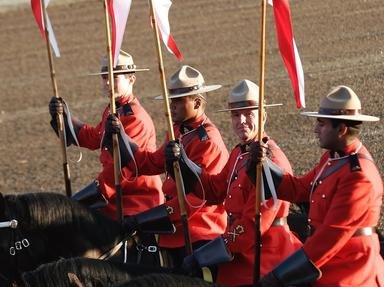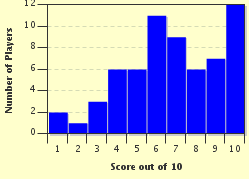Quiz Answer Key and Fun Facts
1. The area that is now Halifax was first settled by a group of indigenous people called Mi'kmaq who named their community Jipugtug. What does that mean in English?
2. What is the name of Nova Scotia's first governor who defeated the Mi'kmaq and Acadians in Father Le Loutre's War in 1749, essentially winning Halifax for Britain? His nephew led the British during the American Revolution.
3. On what day in 1761 did the Mi'kmaq and the British "bury the hatchet" in a ceremony that marked the end of 75 years of warfare between the two?
4. Why did Halifax see a sudden surge in its population during the American Revolution?
5. Halifax's location as a port city was critical to the British Navy during the Napoleonic Wars in the early 19th century. But it was in what other war that occurred in the United States that Halifax began to boom when the British Navy grew exponentially?
6. Halifax experienced an economic decline in 1818 after the British moved their North American naval headquarters out of the city to where?
7. The Welsford-Parker Monument was built in 1860 and is Canada's second oldest war memorial. It is dedicated to two soldiers who died during which European War in 1855?
8. During the American Civil War Halifax and Nova Scotia resisted the creation of a united, independent Canada because of its close ties to northern cities in the U.S.
9. On December 6. 1917 the French munitions ship Mont Blanc collided with which nation's Imo ship causing an explosion that killed over 2,000 people?
10. Which people were the main participants in the Halifax VE Day Riot in 1945?
Source: Author
Joepetz
This quiz was reviewed by FunTrivia editor
bloomsby before going online.
Any errors found in FunTrivia content are routinely corrected through our feedback system.

